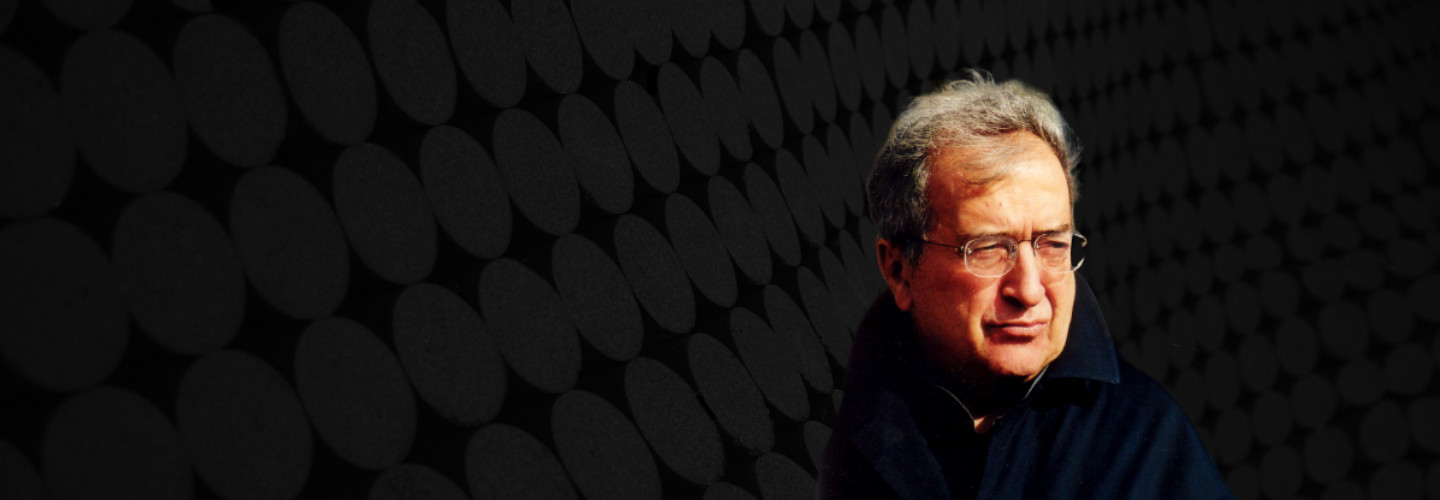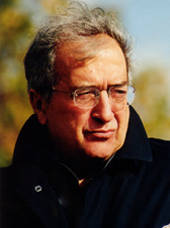


Luciano Berio
4 dédicaces
Short instrumentation: 4 3 4 3 - 6 5 3 1 - timp, perc(3), hp, cel, pno, e.org, alto sax, t.sax, str
Duration: 12'
Instrumentation details:
flute(4)
oboe(3)
clarinet(4)
bassoon(3)
horn(6)
trumpet(5)
trombone(3)
tuba
timpani
percussion(3)
harp
violoncello
piano
electric organ
Altsaxophon
Tenorsaxophon
strings
Between 1978 and 1989, Luciano Berio composed four orchestral miniatures, each of them scored for large orchestra. Because of their short duration and sizable instrumentation, they stood little chance of becoming integrated in the orchestral repertoire. Berio incorporated three pieces in his music theatre works: Encore and Entrata in La vera storia (1977-1981), Fanfara in Un re in ascolto (1979-1982).
The composer welcomed a suggestion of his long-time assistant, Paul Roberts, for the four miniatures to be turned into a cycle with the combined duration of some twelve minutes but died before the idea could be turned into practice. It was Pierre Boulez who determined the order of the four pieces and also devised the title of Quatre dédicaces. Boulez also conducted the world premiere in Chicago with three further performances in the city; programmed the work in New York and a year later also in Lucerne. Subsequent performances by other conductors in Amsterdam, Edinburgh, Warsaw and Berlin hold out the hope that the cycle will indeed become part of the repertoire.
Luciano Berio has commented on Encore and Entrata:
Encore, written in 1978 for the Rotterdam Philharmonic Orchestra, is a short “jeu d’esprit”, a miniature of orchestral bravura particularly suited, as indicated by the title, for the closing of a concert. It was later integrated into La vera storia where it became the opening episode of the second part. The text by Italo Calvino, which had been incorporated into the first part of the work, undergoes transformation und “deconstruction” in the second part. Encore signals the beginning of the transformed recurrence of the text. The piece is constructed on eight notes (C, C-sharp, E, F-sharp, G, A, B-flat, and B), which are the generating nucleus of the greater part of La vera storia.
Entrata, written in 1980 for the San Francisco Symphony, is intended as a brilliant exhibition of orchestral sonorities. The term “entrata” indicates a short introductory piece with a festive, ceremonial character. Entrata was later integrated into La vera storia”.
